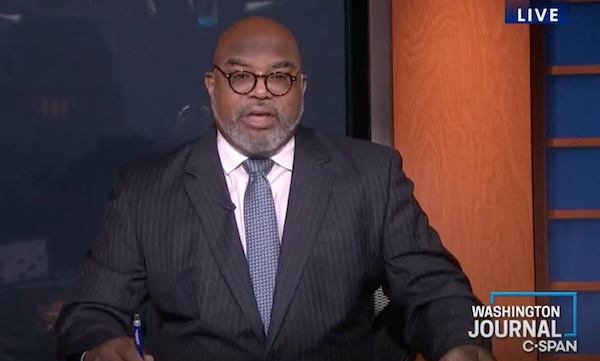Samir Husni is the director of the Magazine Innovation Center at the University of Mississippi, as well as Professor and Hederman Lecturer at the School of Journalism. Husni conducted research about a surge in magazines displaying Black people on their front covers.
“Starting this summer I started noticing an increase of Black subjects on the cover of mainstream magazines and I started thinking: Is this a new trend? Is this the new normal?” wondered Husni.
He explains that the pandemic imposing isolation all around the country shed a light on the killing of George Floyd, an African-America killed by the Minneapolis police in May 2020 that was caught on video.
“That video somehow […] awaken in us that we’ve been ignoring a big part of the population, that for 400 years we’ve actually ignored a major part of the population, so maybe it’s time to catch up and become really and truly a mainstream magazine that reaches everyone,” says Husni.
He started to notice on a cover after cover an increase in the representation of Black people, so he started a research project that was published by the Poynter Institute in mid-October. At that time he had collected 126 magazine covers, and by mid-November, he had 187.
“We were really amazed that, in the last, I’d say four months, we’ve seen at least four times more Black subjects on magazine covers than we’ve seen in the last hundred years or so,” says Husni.
While trying to understand more, Husni reached out to Andréa Butler, who is the editor of a Black teen magazine called Sesi — which means “sister” in Sotho, a language spoken in Southern Africa. According to Buttler, Husni’s research findings are significant.
“I asked her also among many things: ‘Would you ever consider putting a white person on the cover of your magazine?’ And she said ‘No, never. We are a Black teen magazine.’ I said ‘Then why do you want the other magazines to put Blacks?’ And this is where the fascinating answer was: “Because they call themselves mainstream magazines, they don’t call themselves white magazines. If they are mainstream, we are part of that stream,'” recalls Husni.
Overall, Husni wants to believe that this is a phenomenon that will endure, especially since the audience is responding positively to having more diversity on magazine covers. According to him, things are changing and there is hope for the future.
“The biggest — and I don’t want to call it a surprise but — take away is that nobody today, not a single person, will accept the statement that was true as far as last year, that when you put a Black person on the cover of a magazine, the sales of the magazine go down. Now, everybody tells me that’s ancient history […] now between the pandemic and the killing of George Floyd, all of a sudden its ancient history. It’s amazing what one year can change,” concludes Husni.
You can read more about Samir Husni, Mark Dolan and Marquita Smith’s study here.








